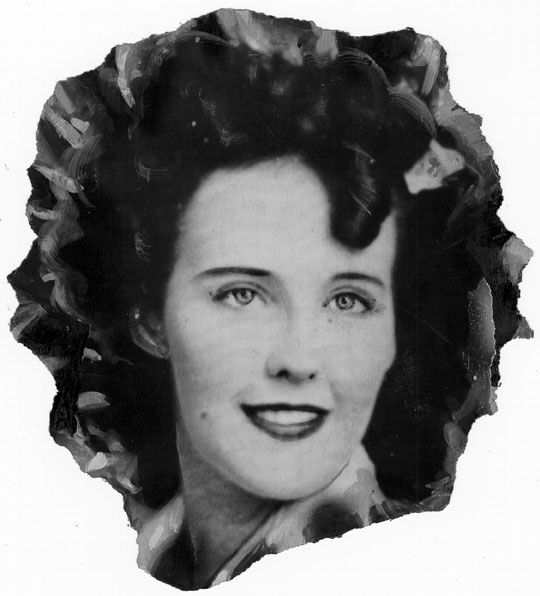
In the days following the discovery of Elizabeth Short’s body, crumpled up confessions given by every sad drunk and deranged publicity seeker littered the local landscape. Most of the confessors were men. But even though none of the women who confessed were guilty, the cops thought maybe a woman had committed the murder. After all, L.A. has its share of female killers.
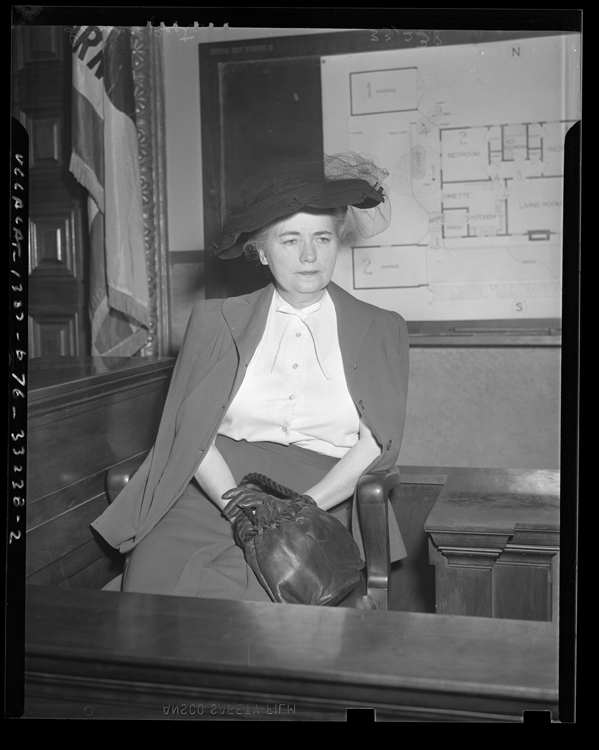
The Herald ran side-by-side photos of three homicidal women arrested in L.A. Louise Peete (one of only four women ever executed by the State of California) was a serial killer. Police arrested her for murder in the 1920s. Found guilty, she served eighteen years in San Quentin. A few years after her release, she committed another murder for which she paid with her life.
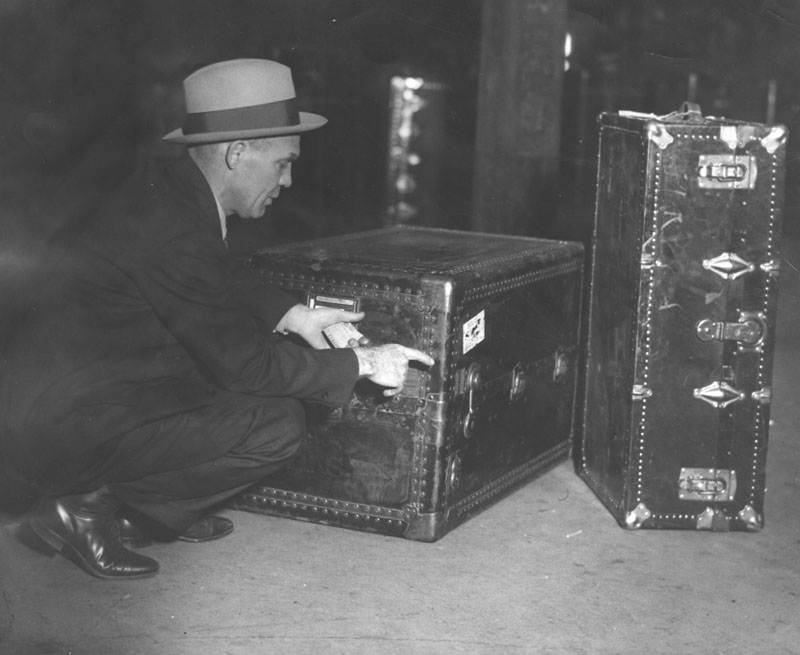
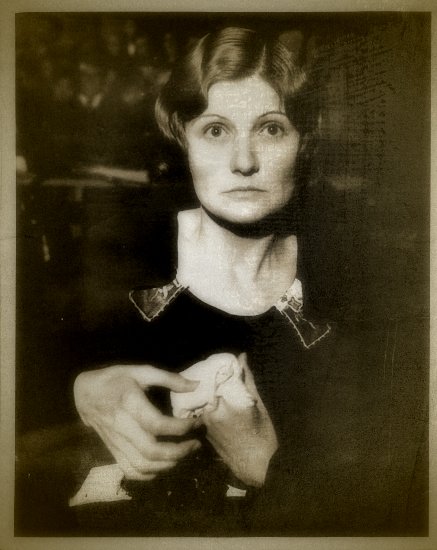
Winnie Ruth Judd committed two murders in Arizona. Police arrested her in L.A. when a trunk containing the dismembered remains of Hedvig Samuelson and Anne Le Roi leaked bodily fluids in the baggage claim section of a local train station.
In 1922, Clara Phillips (aka “Tiger Girl”) murdered Alberta Meadows, the woman she suspected was a rival for her husband’s affections. She struck Meadows repeatedly with a hammer, and then, in a fit of adrenalin fueled rage, she rolled a 50 lb. boulder onto the torso of the corpse.
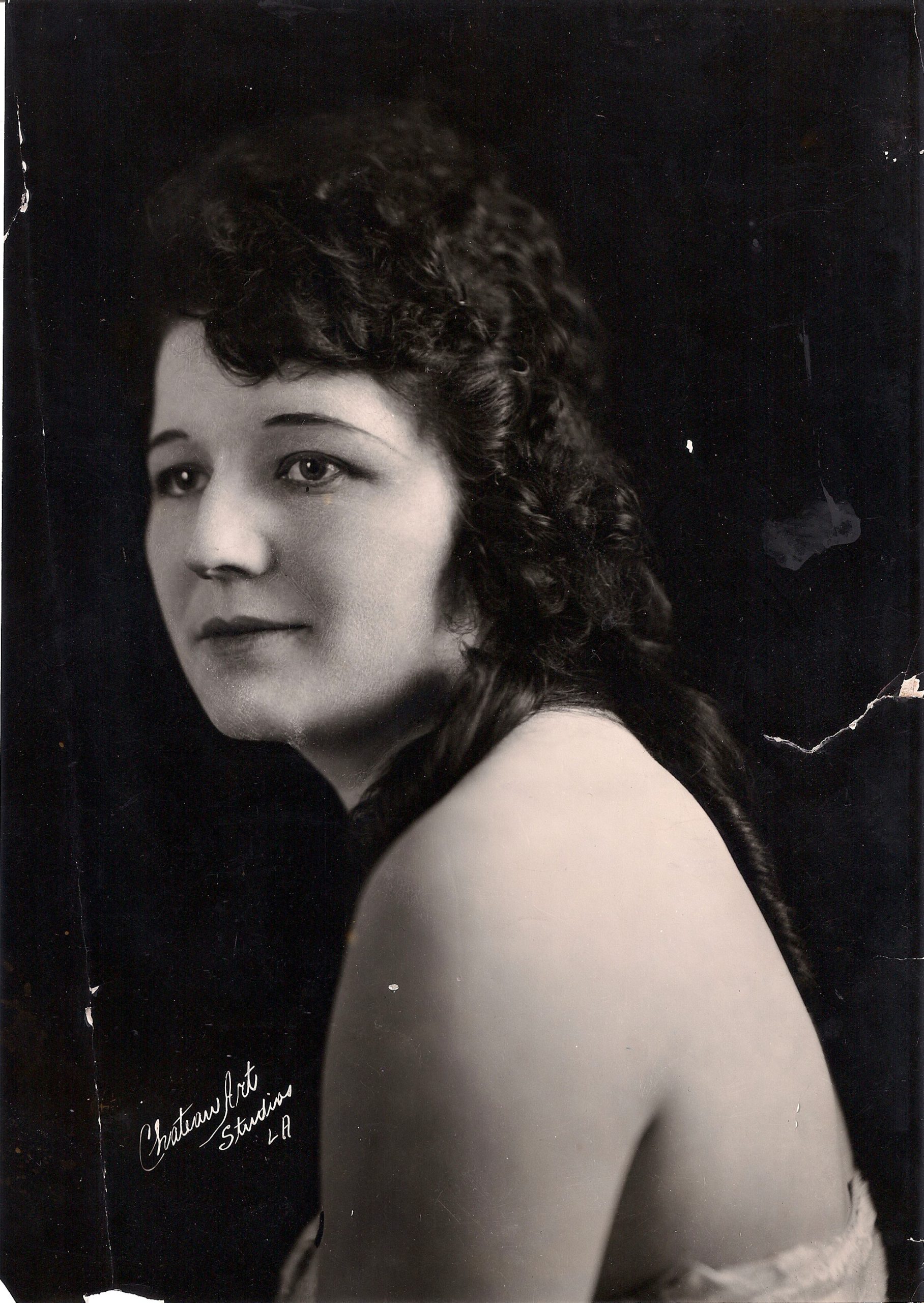
The possibility of a woman murdering Short wasn’t far-fetched. The Herald featured a series of columns written by psychologist Alice La Vere. La Vere previously profiled Short’s killer as a young man without a criminal record, but she was open to the killer being a woman. In fact, she abruptly shifted gears from identifying a young man as the slayer to enthusiastically embracing the notion of “… a sinister Lucrezia Borgia — a butcher woman whose crime dwarfs any in the modern crime annals.”
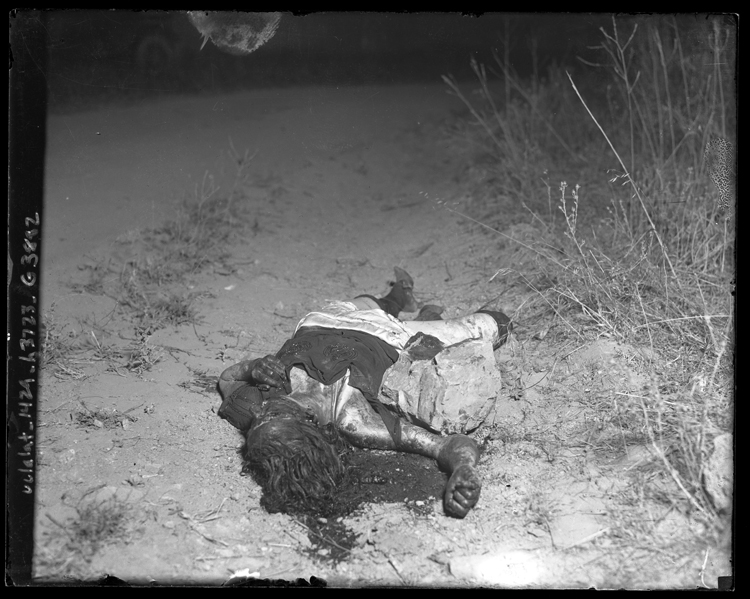
La Vere was an expert for hire, and if the Herald editors had asked her to write a profile of the killer as a mutant Martian alien, she’d likely have done it. Still, she made a few insightful comments in her column. “Murderers leave behind them a trail of fingerprints, bits of skin and hair. The slayer of ‘The Black Dahlia’ left the most telltale clue of all–-the murder pattern of a degenerate, vicious feminine mind.”
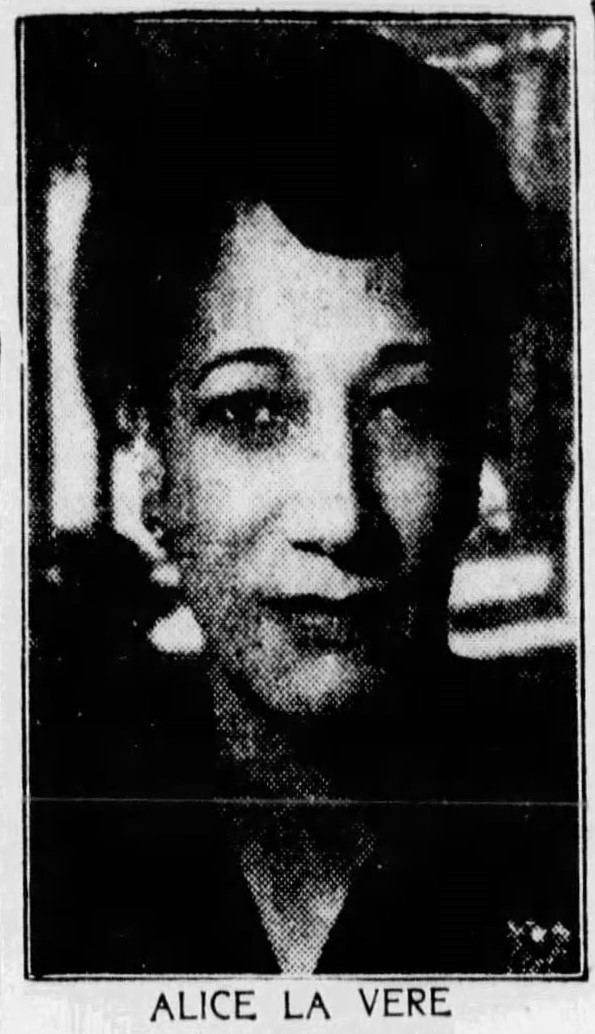
Even more interesting was La Vere’s exhortation to police to look for an older woman. She said, “Police investigators should look for a woman older than ‘The Black Dahlia.’ This woman who either inspired the crime or actually committed the ghastly, unspeakable outrage need not be a woman of great strength. Extreme emotion or high mental tension in men and women give great, superhuman strength.”
One thing I find interesting about La Vere’s profile of a female perpetrator is that she said the woman would be older than Short. In recent years, an older woman became an integral part of a theory about the murder.
It is a theory put forward by Larry Harnisch. Harnisch, formerly of the Los Angeles Times, wrote an article for the paper on the fiftieth anniversary of Short’s death. In the years since, he has done a lot more digging into the case and has unearthed an important connection between the body dump site near 39th and Norton, and two medical doctors. One doctor, Walter Alonzo Bayley, lived in a house just one block south of the place where Betty Bersinger found Elizabeth Short’s body. At the time of the murder, Bayley was estranged from his wife; however, she still occupied the home. Bayley left his wife for his mistress, Alexandra Partyka, also a medical doctor. Partyka emigrated to the U.S. and wasn’t licensed to practice medicine, but she assisted Bayley in his practice.
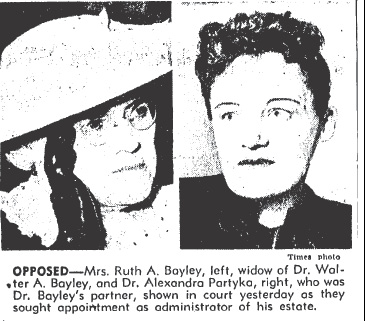
Following Bayley’s death in January 1948, Partyka and Dr. Bayley’s wife, Ruth, fought over control of his estate. Mrs. Bayley claimed Partyka was blackmailing the late doctor with secrets about his medical practice. Secrets damning enough to ruin him.
There is also a link between Bayley’s family and Short’s. In 1945, Dr. Bayley’s adopted daughter, Barbara Lindgren, was a witness to the marriage of Beth’s sister Virginia Short to Adrian West at a church in Inglewood, California, near Los Angeles.
Larry discussed Dr. Bayley in James Ellroy’s “Feast of Death”. [Note: Be forewarned that there are photos of Elizabeth Short in the morgue.]
A woman could have murdered Elizabeth Short. Could the woman be Alexandra Partyka? The chances are that we’ll never know–or at least not until Larry Harnisch finishes his book on the case.
